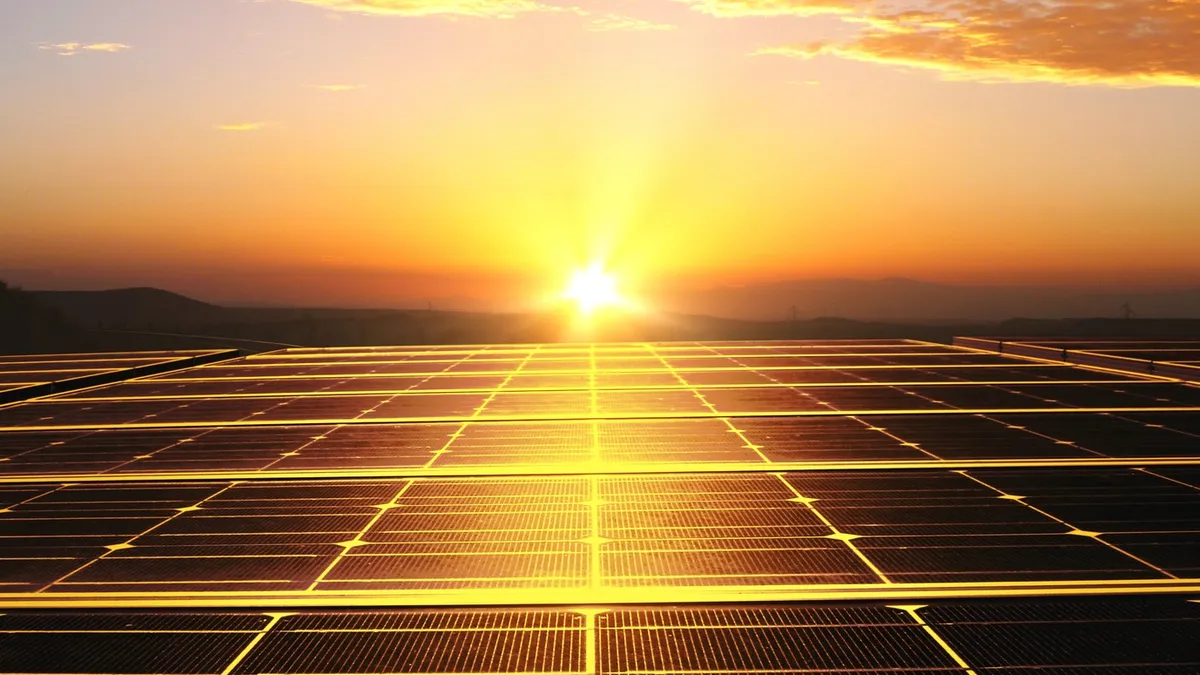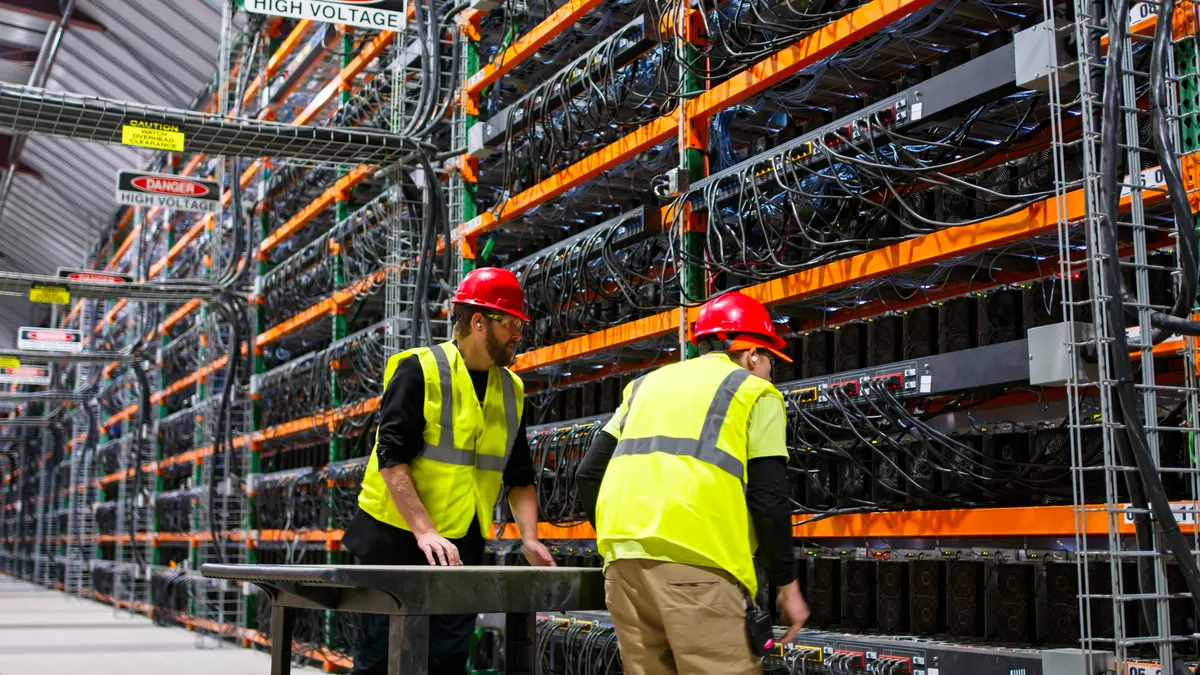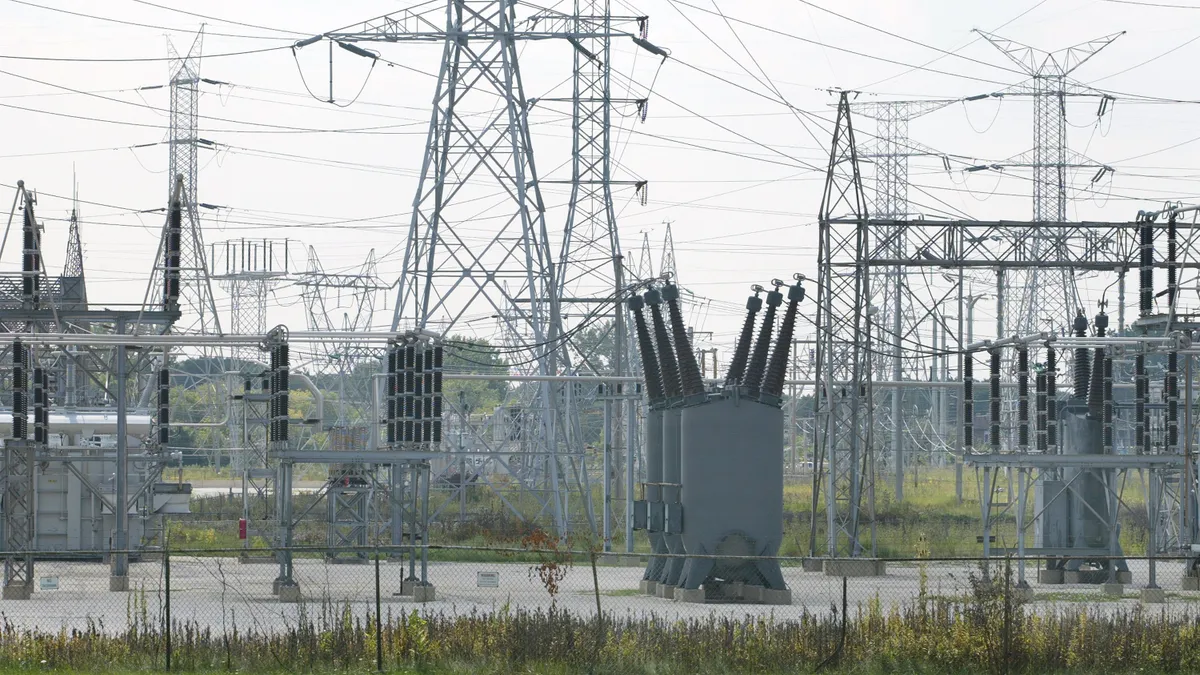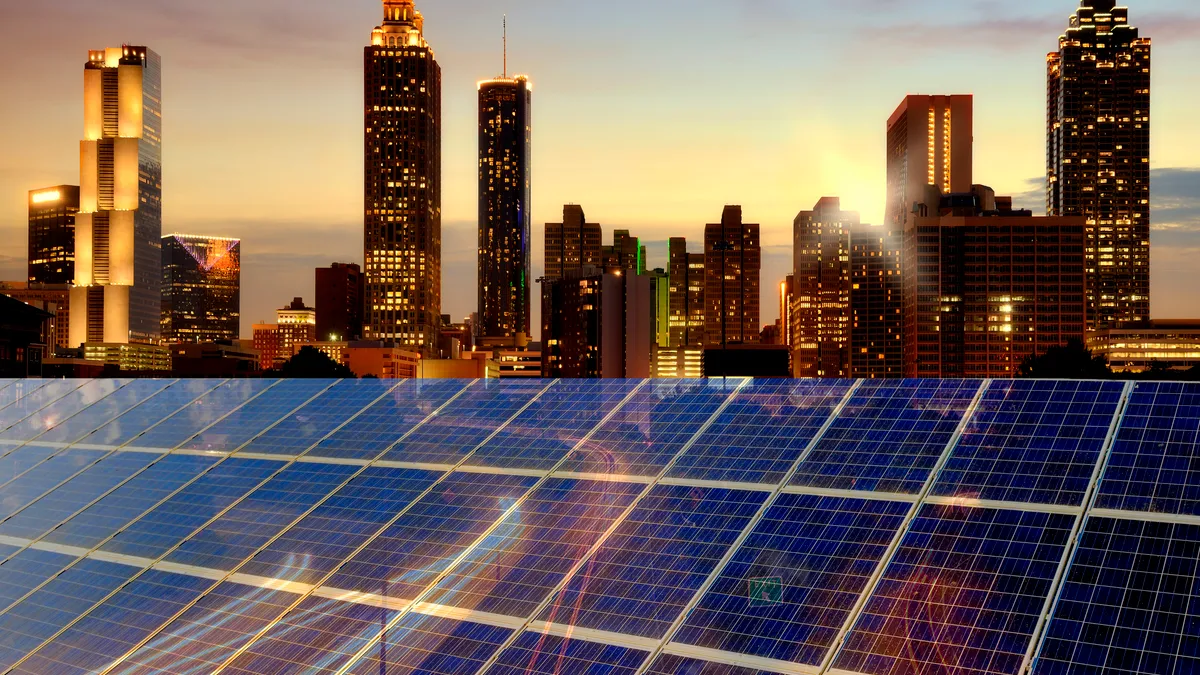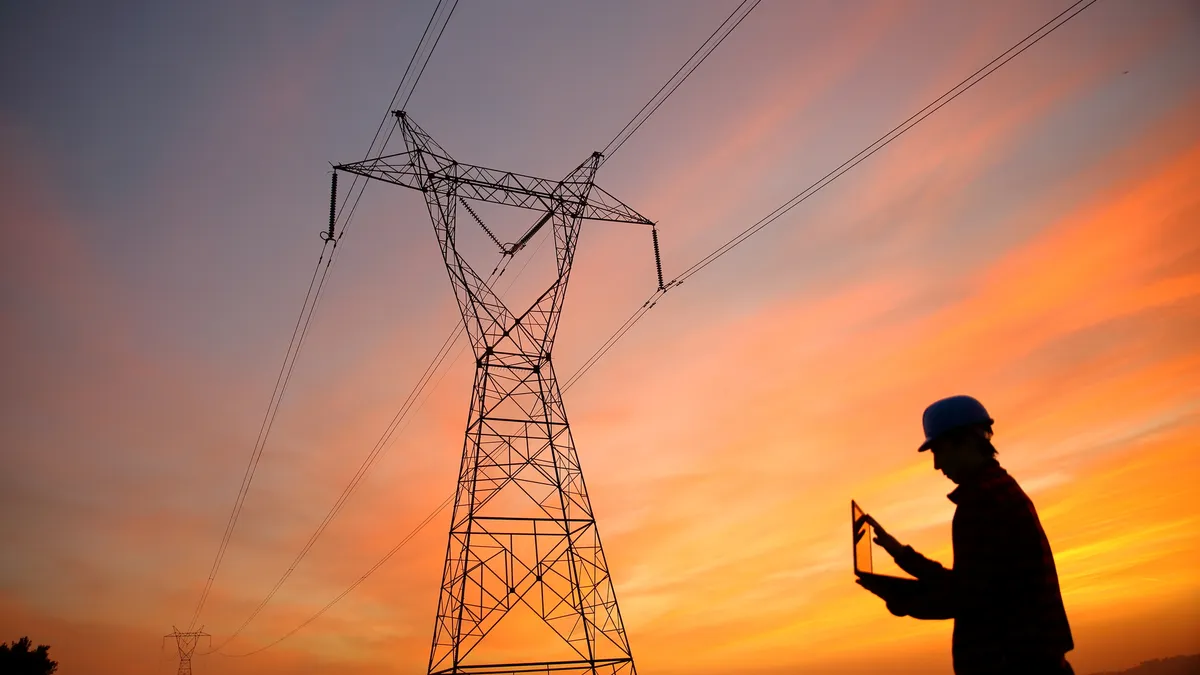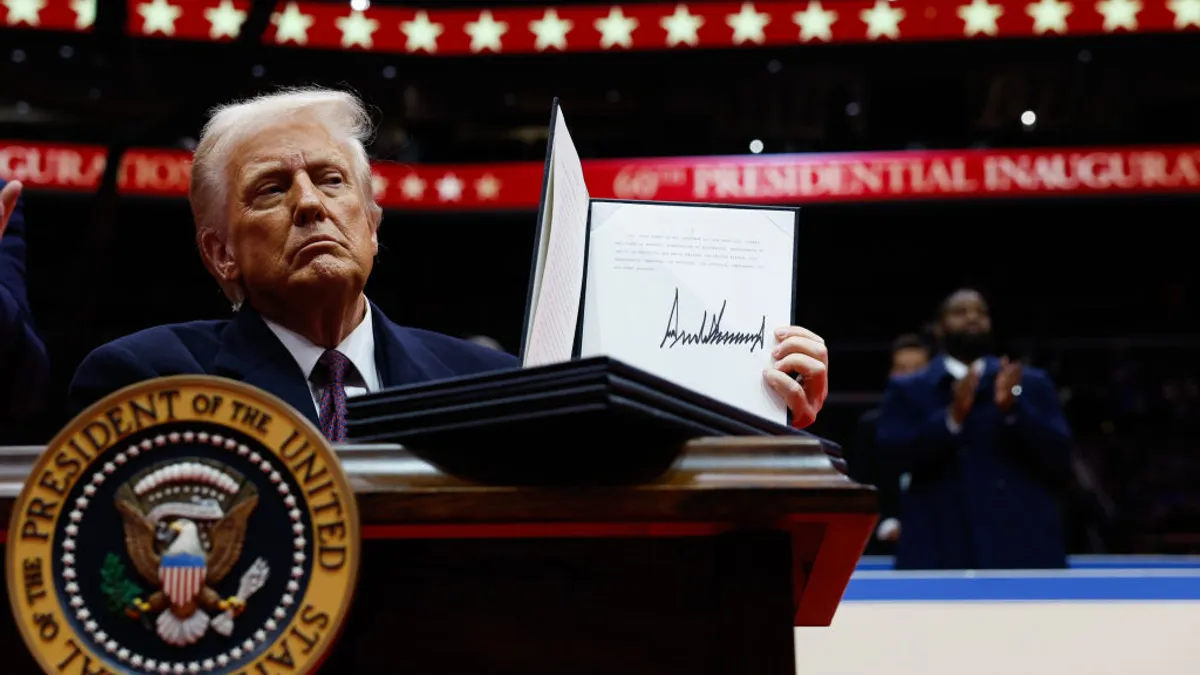Editor's Note: The following is a Viewpoint article contributed by Jon Wellinghoff and James Tong. Wellinghoff is the former chairman of the Federal Energy Regulatory Commission and is currently a partner at law firm Stoel Rives LLP. Tong is the vice president of strategy and government affairs for Spruce Finance (formerly Clean Power Finance and Kilowatt Financial), a financing provider for residential solar and energy efficiency.
The boom in rooftop solar has sparked concerns about a “green divide” and even undertones of class warfare. (See here, here, and here.) And it’s true that solar customers to date have tended to be more affluent than average households. Although recent data suggest that solar is now expanding into neighborhoods of more modest incomes, fear persists that solar policies will continually favor the wealthy at the expense of everyone else, particularly the most vulnerable. Critics thus demand reforms and fees for solar customers. What they overlook, however, is how policies designed to protect the poor can actually make them worse off.
For a long time, policymakers have used electric rates as a means to help the poor, redistributing wealth through subsidized electric rates. The practice is highly questionable, because many more cost-effective policy tools exist to help lower-income populations. [1] More importantly, the inevitable proliferation of distributed energy resources (DERs) – including batteries, smart appliances, LEDs, rooftop solar, and others – will make subsidized rates outdated and unsustainable.
Artificially low electric prices obscure costs. This not only encourages wasteful consumption, but also discourages adoption of DERs that can enable consumers to reduce those costs. In other words, subsidizing rates will actually contribute to the feared green divide by discouraging people who could benefit from DERs the most from adopting them.
Furthermore, inefficient consumption leads to inefficient investment by utilities to accommodate such consumption. This creates more fixed costs for all, including the poor. With escalating tensions over who is going to cover fixed-cost obligations, it is more important than ever for utilities to avoid making investments that could be addressed more cost-effectively with more efficient consumption.
Subsidizing rates also means others will have to pay for them. This is of little concern when subsidies are small and of even less concern when there’s no option but to pay for them. Historically, residential electricity customers have been captive price takers; there was little recourse when policymakers stuck them with high rates. We all need electricity, so we have all paid whatever we’re told. Regulators thus have had significant leeway in designing rates according to who was the easiest target and not according to who incurred the costs, as regulatory principles demand.
Unsurprisingly, cross-subsidization among customer classes has been the norm (and perhaps the goal), not the exception. More affluent and urban customers regularly subsidize grid costs for rural and lower income households, for instance. The growth of DERs will disrupt this arrangement.
DERs present a conundrum for policymakers. On the one hand, customers empowered with DERs will be able to efficiently manage their own energy consumption, and the most empowered ones can become suppliers to the grid. Having more empowered customers consuming less and sharing their energy resources with one another will lead to a far cleaner, more robust, and lower-cost grid for everyone.
On the other hand, empowered consumers will leave little wiggle room for inefficient policies and cross-subsidizations. If regulators push too much cost on certain customers, those customers will use DERs to push cost elsewhere.
A 2013 study published by the California Public Utilities Commission (CPUC) is telling. It projected that solar customers would shift $1.1 billion of cost per year to non-solar customers by 2020. Critics of rooftop solar jumped on this study and haven’t stopped (see here, here, and here, for instance). Overlooked, however, is the inconvenient finding that these solar customers had been paying on average 133% of their full cost of service – residential customers alone had paid on average 154%. After going solar, they were paying 103% of their costs. In other words, these customers were using solar to reverse the subsidies they had traditionally paid.
Net energy metering (NEM) for solar customers has been controversial in large part because it has exposed how poorly electric rates have reflected costs (see chart below). Claims that NEM customers unfairly shift costs are misguided, if not disingenuous. If rooftop solar didn’t exist, customers would likely adopt other DERs to shift the cross-subsidies elsewhere. In fact, LED light bulbs can impact who pays for the grid as much as, if not more so, than rooftop solar.
Yet critics of NEM would have us believe that simply increasing fixed customer charges would protect the poor and restore equity. [2] Such equity, if it ever existed at all, was built on a shaky system of cross-subsidies – one that is unraveling due to long-term economic forces and new technologies, not solar policies. More fixed charges will simply hurt the poor by worsening the dysfunctions in the power industry, leading to more wasteful consumption and wasteful investments, and ultimately more costs for all, including the poor.
We must acknowledge the systemic deficiencies in today’s electric pricing mechanisms (rather than narrowly focusing on pricing for rooftop solar), or tensions over cost-shifting and the green divide will only proliferate as other DERs mature and multiply. This will be true for electric vehicles, batteries, smart thermostats, or LEDs. The growth of DERs need not hurt the poor; on the contrary, DERs can benefit all customers, especially the poor.
But we must implement smarter policies that go beyond protecting customers to empowering them.
Traditionally, protecting the needy has meant protecting them from high electric prices. That is why we subsidize rates. But ultimately consumers care about the bills they pay, not the rates. Subsidized rates do not necessarily lower bills. In fact, they can do the opposite by encouraging overconsumption, as well as uneconomic utility investments into the grid, for which all ratepayers are on the hook.
The growth of DERs offers vast opportunities to empower customers to optimize their energy consumption. Rather than hide costs through rate subsidies, a better approach would be to reveal those costs, but provide the means to ratepayers, especially the needy, to lower their bills.
The Interstate Renewable Energy Council (IREC) has offered an innovative example of how this can be done. Its CleanCARE proposal (which is still pending) seeks to expand access to distributed solar and other DERs to lower-income households, using a portion of the funding allocated to the California Alternate Rates for Energy (CARE) program. Currently, over 3 million customers (or roughly 30% of the California’s investor-owned utilities’ customer base) receive discounted rates through CARE. Under CleanCARE, low-incomes households could elect to use CARE funds to invest in a package of community solar, energy efficiency measures, storage, and demand response. In other words, these customers would be able to opt out of receiving rate discounts in exchange for tools that would give them bill discounts – and bill discounts are what affect customers’ wallets.
Policymakers and consumer advocates should support IREC’s proposal and encourage others like it. Because of their smaller-scale and ability to mix and match, DERs can provide far more targeted and cost-effective solutions to lower energy bills than rate subsidies, which are blunt and can lead to the various unintended consequences discussed above. DERs’ flexibility opens myriad opportunities to help disadvantaged communities: Deployment of DERs can create new jobs in sales, installations, and customer service; those hosting DERs can potentially earn extra compensation through emerging peer-to-peer sharing models akin to Airbnb and Uber. DERs could even replace fossil fuel plants and improve air quality, which studies have shown is disproportionately worse for minority communities. The NAACP finds that 78% of African Americans live within 30 miles of coal plants, where asthma and respiratory illness rates are higher than average.
The possibilities of DERs are endless. Where we go will depend on how well we leverage our collective creativity. We must therefore get pricing mechanisms right so that individual incentives are better aligned with public goals. We must tap the innovation of a multitude of providers, and not simply default to a monopoly supplier, as many will argue. Above all, we must transition from protecting the poor to empowering them.
We are not advocating gutting programs for the poor. Current economic forces and technological trends will already do that, unless we take action now. For this reason and others, we published along with other authors a set of principles we called grid neutrality, to steer policy discussion so that everyone would benefit from the 21st century grid. Our first tenet is: “Empower the consumer while maintaining universal access to safe, reliable electricity at reasonable cost.”
The proliferation of DERs cannot be stopped, nor should it be. Rather than put up roadblocks, we should seek ways to accelerate adoption of DERs for everyone, including the poor.
[1] Wealth redistribution should be the domain of politicians, who have a much wider array of tools including: progressive taxation, public education, job training, and subsidized health insurance, to name a few. We suggest reading Scott Hempling’s essay on why wealth redistribution through utility regulation is bad policy.
[2] Utilities in 25 states are seeking increases in fixed charges. These are monthly lump sum fees that ratepayers cannot avoid. Typical bills mostly consist of volumetric charges – charges that vary directly with the amount of energy consumed. In addition to pushing for fixed charges, some utilities are seeking demand charges for residential customers – charges that correspond to the maximum power used in a certain time interval. For an in-depth discussion, please see a recent report by the Regulatory Assistance Project.


